IoT in Automotive: The Future of Technology in the Automotive Industry
Posted on September 26, 2025
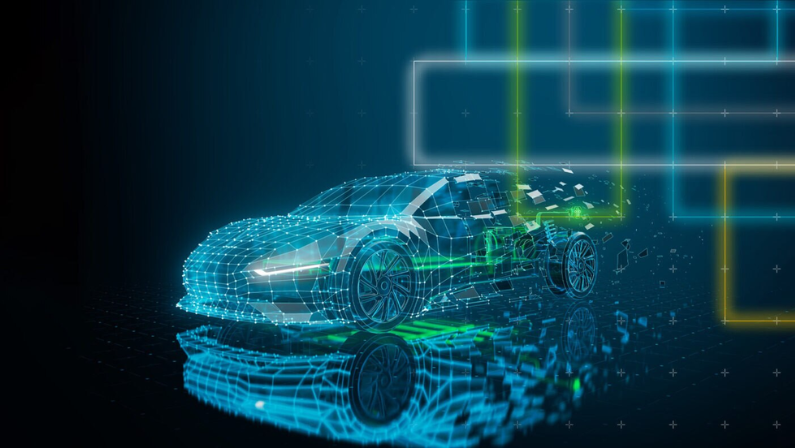
The Internet of Things (IoT) is no longer just a futuristic concept; it’s reshaping the automotive industry in real time. From connected cars to smart traffic systems, IoT is turning vehicles into more intelligent, efficient, and safer machines.
Features like predictive maintenance, real-time navigation, and driver-assist technologies are making driving smarter and more convenient than ever before.
In this blog, we’ll explore IoT in the automotive industry, how it transforms the automotive world. We’ll look at the latest innovations, the benefits for drivers and manufacturers, and the challenges that come with this connected technology.
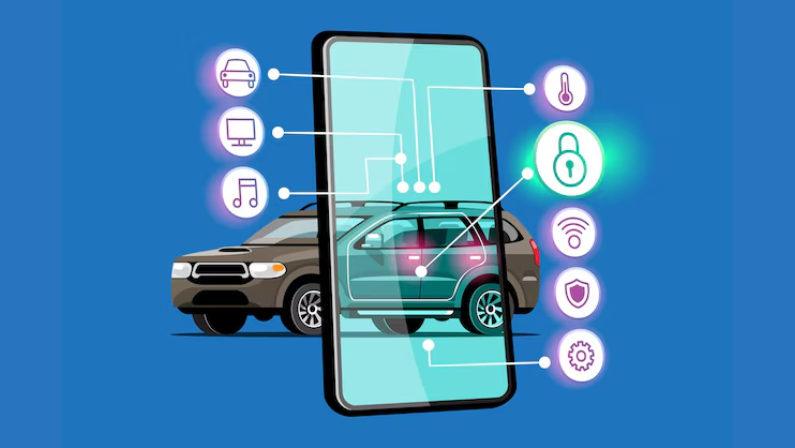
What is Automotive IoT?
The Internet of Things in automobiles refers to the use of sensors, gadgets, apps, and cloud technology to connect vehicles and create smarter systems.
This technology allows cars to communicate with each other, predict maintenance needs, support fleet management, assist insurance companies, and help manufacturers deliver better services.
By integrating IoT into vehicles, manufacturers can add advanced features that make cars more intelligent, almost like artificial intelligence on wheels.
As the technology inside connected cars continues to improve and mobile communication speeds increase, automotive IoT will keep enabling new innovations and services for safer, more efficient, and more convenient driving experiences.
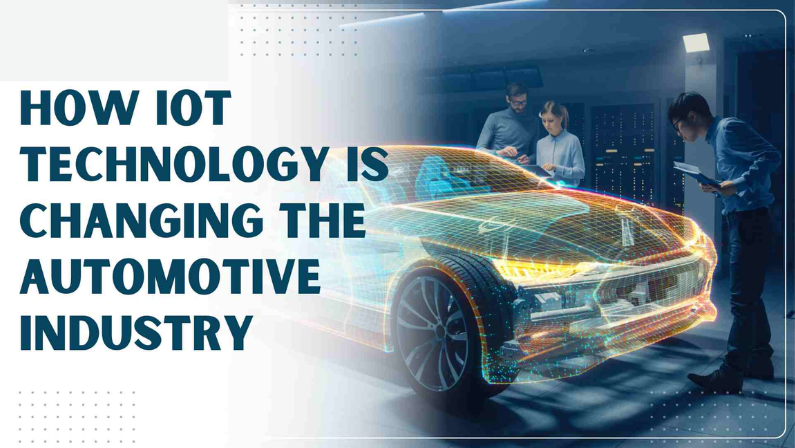
How is IoT Transforming the Automotive Industry
The Internet of Things (IoT) is reshaping the automotive industry by connecting vehicles to each other, infrastructure, and cloud-based systems in real time.
This connectivity enables a wide range of innovations that improve safety, efficiency, and convenience for drivers, passengers, and fleet operators.
Some of the key ways IoT is transforming the industry include:
1. Autonomous Vehicles
IoT technologies are paving the way for autonomous vehicles, allowing cars to drive, brake, park, and change lanes with minimal human intervention.
Advanced sensors, AI, and automation systems improve road safety by reducing human error while also offering innovations like Tesla’s Robotaxi, which enables car-sharing through a smartphone app.
2. Predictive Maintenance
Connected cars can monitor the condition of individual components through embedded sensors and send this data to the cloud. Predictive analytics then evaluate potential risks and notify drivers or fleet managers when maintenance or part replacements are needed.
This reduces unexpected breakdowns, lowers repair costs, and enhances vehicle reliability for both consumers and commercial operators.
3. Driver Monitoring Systems
IoT-enabled driver monitoring systems use cameras and AI to track driver behavior, detect drowsiness, distractions, or unsafe driving habits, and provide alerts through sounds, visuals, or vibrations.
These systems can also monitor seatbelt usage, driver position, and cabin occupancy, helping prevent accidents and ensuring a safer driving environment.
4. Car Sharing
IoT facilitates car-sharing programs by allowing vehicles to be easily accessed, tracked, and managed via mobile apps. This not only provides convenient transportation options for users but also helps reduce the number of vehicles on the road, lowering traffic congestion and environmental impact.
5. Connected Infotainment Systems
Modern infotainment systems use IoT to deliver real-time traffic updates, streaming music, weather forecasts, and even smart home control from the car. Voice-activated features make it easier and safer for drivers to interact with these systems while on the road.
6. Road Condition Analysis and Navigation Assistance
IoT-powered navigation and road monitoring systems provide real-time information about traffic, construction, accidents, and road closures. Drivers can receive optimal route recommendations and updates, improving travel efficiency and safety, especially on unfamiliar routes.
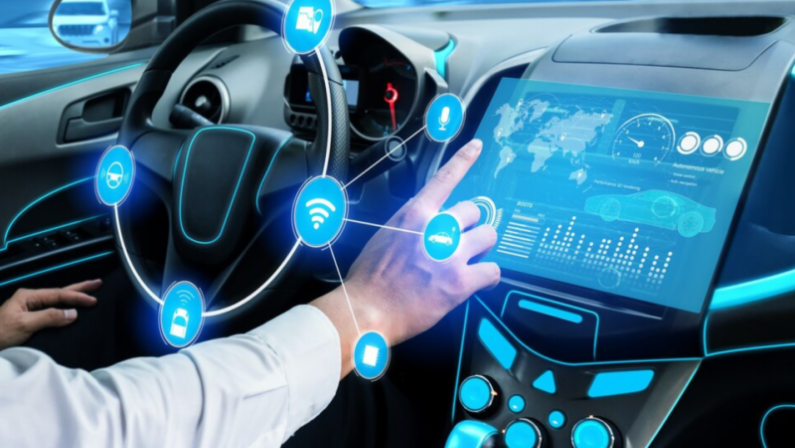
Benefits of IoT in Automotive
Automotive IoT brings a wide range of benefits that enhance driving experience, vehicle performance, and overall safety. By connecting vehicles to sensors, apps, and cloud systems, manufacturers and drivers can take advantage of smarter, more efficient, and personalized transportation solutions.
Here’s a closer look at the key benefits:
1. Real-Time Monitoring and Alerts
Connected vehicles can continuously monitor their performance and surroundings, sending real-time alerts to drivers about engine health, tire pressure, or potential hazards on the road. This helps prevent breakdowns, reduces accidents, and ensures timely responses to unexpected situations.
2. Enhanced Efficiency
IoT-enabled systems allow vehicles to operate more efficiently by monitoring overall performance and suggesting maintenance before problems occur. This reduces downtime, extends vehicle lifespan, and lowers operational costs for both individual drivers and fleet operators.
3. Optimized Route Planning
By analyzing traffic patterns, road conditions, and driver preferences, IoT systems can suggest the fastest or safest routes in real time. Optimized route planning saves time, reduces stress for drivers, and improves overall travel efficiency.
4. Fuel Efficiency Optimization
IoT technology helps monitor fuel consumption and driving patterns to provide recommendations for more efficient driving. This leads to lower fuel costs and a reduced environmental impact.
5. Improved Safety
Automotive IoT systems, including driver monitoring and collision detection, help reduce accidents by alerting drivers to potential dangers and unsafe driving behavior. Advanced safety features make roads safer for everyone.
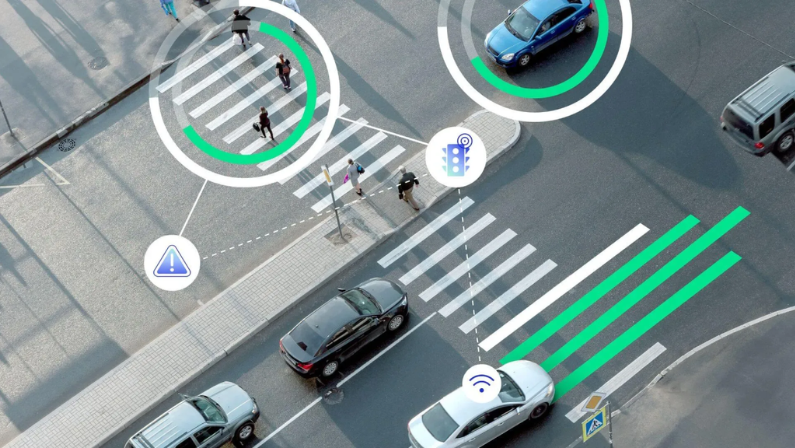
6. Efficient Traffic Management
Connected vehicles can communicate with traffic management systems to help reduce congestion. Real-time data on traffic flow and incidents allows authorities to adjust signals, manage lanes, and improve overall city traffic conditions.
7. Personalized Driving Experience
IoT enables vehicles to adjust settings like seat position, climate control, and entertainment preferences based on driver profiles. This creates a more comfortable and enjoyable experience tailored to individual users.
8. Improved Vehicle Security
IoT systems can monitor for theft, unauthorized access, or tampering, sending alerts to owners or authorities instantly. This ensures better protection of vehicles and their occupants.
9. High-Quality In-Vehicle Infotainment
Connected infotainment systems provide access to streaming music, navigation, weather updates, and even smart home controls. Advanced voice commands and real-time updates enhance convenience and passenger satisfaction.
10. Predictive Analytics
By collecting and analyzing data from sensors and vehicle systems, predictive analytics can forecast potential issues, recommend preventive maintenance, and improve fleet management. This proactive approach increases vehicle reliability and reduces unexpected repairs.
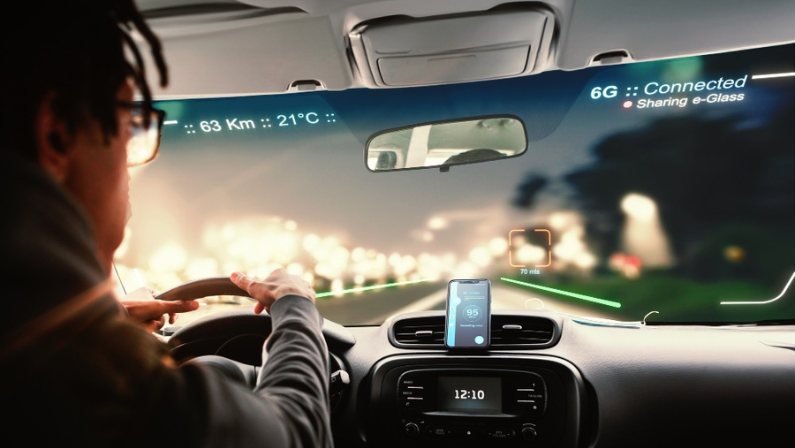
Challenges in Automotive IoT Implementation
While automotive IoT offers many benefits, implementing these technologies comes with its own set of challenges. Manufacturers, developers, and policymakers must address these issues to ensure safe, reliable, and responsible adoption of connected vehicle systems.
1. Cybersecurity
Connected vehicles are vulnerable to cyberattacks, which could target onboard systems, communication networks, or cloud platforms. Ensuring strong encryption, secure software updates, and robust intrusion detection systems is critical to protect vehicles and passengers from hacking or unauthorized access.
2. Interoperability
Vehicles often need to communicate with other cars, traffic systems, and IoT devices from different manufacturers. Lack of standardized protocols can create compatibility issues, making seamless communication between devices and systems difficult to achieve.
3. Integration with Existing Infrastructure
Implementing automotive IoT requires compatibility with current roadways, traffic signals, and urban infrastructure. Upgrading older systems and ensuring smooth integration with smart city initiatives can be costly and complex.
4. Ethical and Social Considerations
IoT-enabled vehicles raise questions about privacy, surveillance, and responsible use of collected data. Ethical concerns include how driver behavior is monitored, how AI decisions are made in autonomous driving, and ensuring fair access to smart transportation technologies.
5. Liability in Case of Accidents
When connected or autonomous vehicles are involved in accidents, determining liability can be complicated. Questions arise about whether responsibility lies with the driver, the vehicle manufacturer, or software developers, making legal frameworks and insurance policies critical considerations.
6. Data Ownership and Usage
Automotive IoT generates vast amounts of data, including location, driving behavior, and personal preferences. Clear policies are needed to define who owns this data, how it can be used, and how privacy is protected, while still enabling predictive maintenance, analytics, and personalized services.
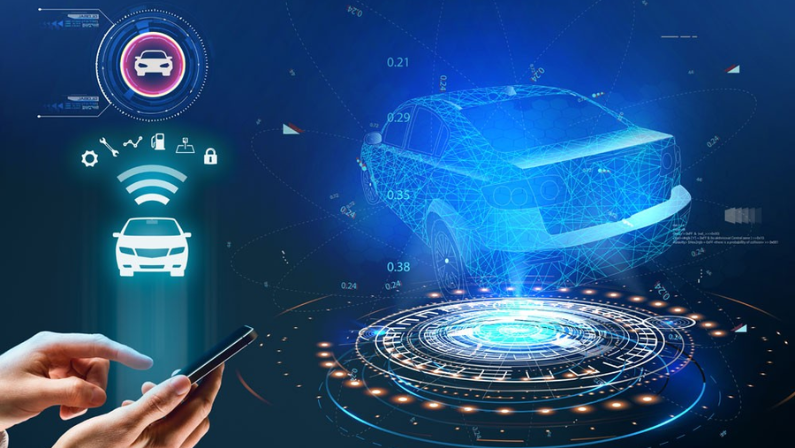
Opportunities for Innovation in Connected Cars
The rise of connected cars presents numerous opportunities for innovation, allowing manufacturers, developers, and policymakers to enhance safety, sustainability, and user experience. As automotive IoT evolves, these innovations can shape the future of mobility in meaningful ways.
1. Enhanced Cybersecurity Solutions
As vehicles become more connected, advanced cybersecurity technologies are essential. Innovations in encryption, intrusion detection, and secure software updates can protect cars from hacking, ensuring passenger safety and maintaining trust in connected vehicle systems.
2. Sustainable Product Design
Connected car technologies create opportunities for eco-friendly vehicle designs. Manufacturers can integrate energy-efficient components, electric powertrains, and lightweight materials, while IoT systems optimize fuel consumption and reduce emissions, supporting greener transportation.
3. Privacy Protection Innovations
Protecting driver and passenger data is critical in connected cars. Innovations in data anonymization, secure storage, and user-controlled data sharing can help safeguard personal information while still enabling predictive analytics, personalized services, and connected features.
4. Interoperability and Standardization
Creating standardized communication protocols and interfaces allows vehicles from different manufacturers to seamlessly interact with each other and smart infrastructure. This fosters a more unified ecosystem and enables smoother adoption of autonomous driving, V2V, and V2I technologies.
5. Infrastructure Improvement
Connected vehicles rely on smart roadways, traffic systems, and city infrastructure. Innovations in intelligent traffic lights, adaptive road sensors, and real-time monitoring systems can improve traffic flow, reduce congestion, and enhance road safety for all users.
6. Regulatory Compliance and Standards
Developing IoT-enabled cars presents an opportunity to innovate within regulatory frameworks. Establishing compliance standards for safety, data privacy, and emissions can guide manufacturers while building consumer confidence in connected car technologies.
7. User Experience Enhancements
Connected cars offer opportunities to create more personalized and enjoyable experiences for drivers and passengers. Innovations in infotainment, navigation, climate control, and in-cabin comfort can make journeys safer, more convenient, and more engaging than ever before.
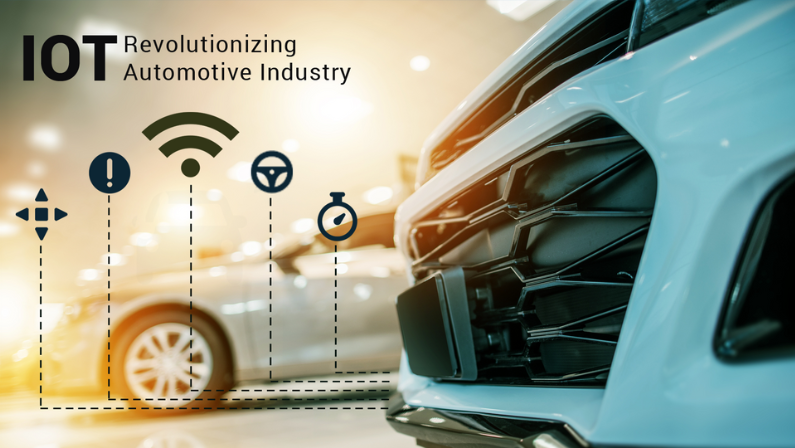
The Road Ahead is Connected: Your Journey with IoT Starts Here
The Internet of Things is no longer a distant future; it's revolutionizing your daily drive today. From predictive maintenance that prevents breakdowns to advanced safety systems that protect your family, automotive IoT is creating a smarter, safer, and more personalized driving experience.
This technology is evolving at an incredible pace, promising even greater innovations that will redefine our relationship with our vehicles.
Ready to Experience a Smarter Drive?
The best way to understand this connected future is to experience it firsthand. Visit CarHub North York Chrysler to explore our lineup of advanced, connected, innovative vehicles and experience power, luxury, and innovation. Schedule your test drive today and feel the future!
Stay informed on the latest automotive trends by exploring more articles on the CarHub North York Chrysler blog.
